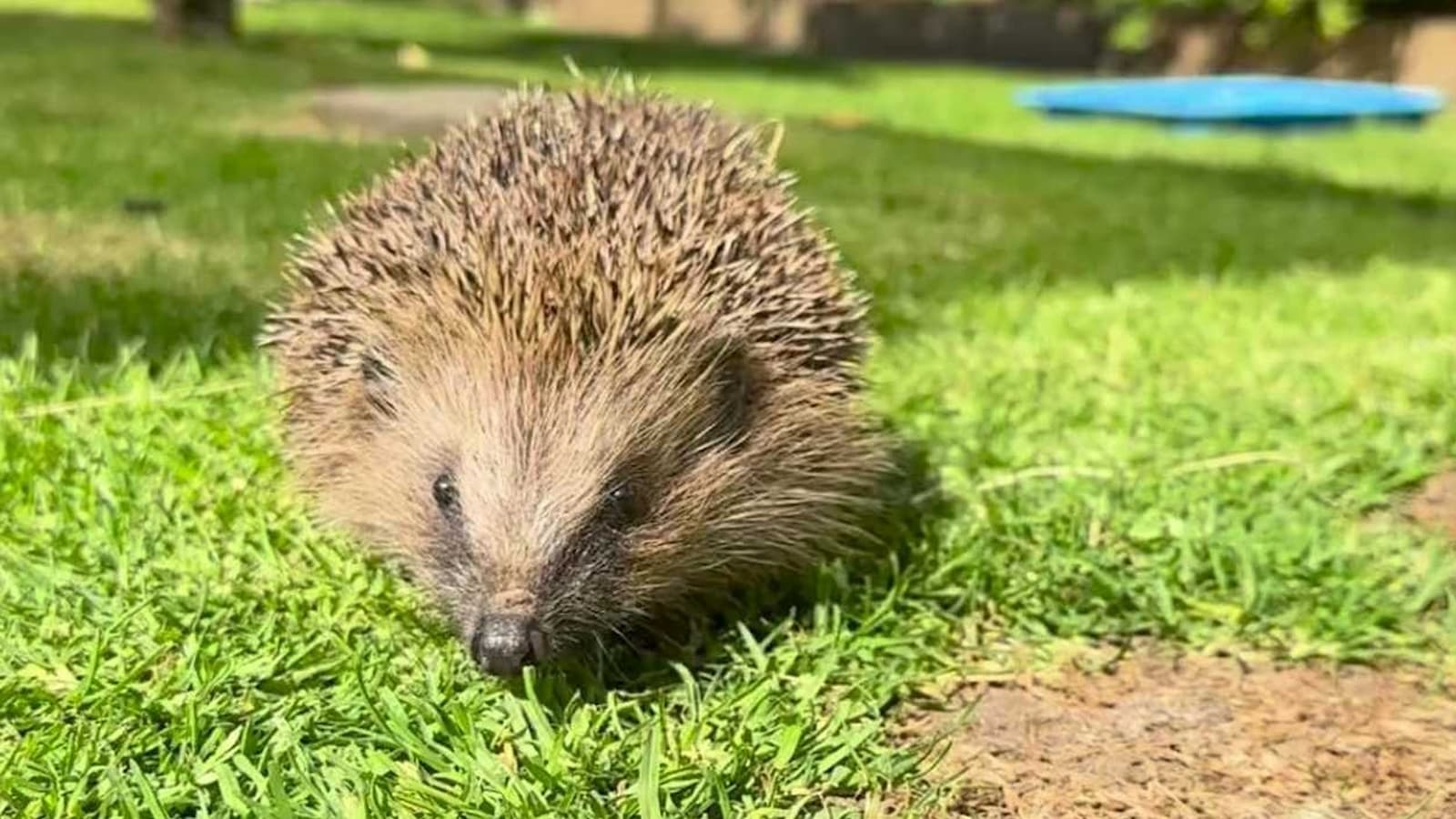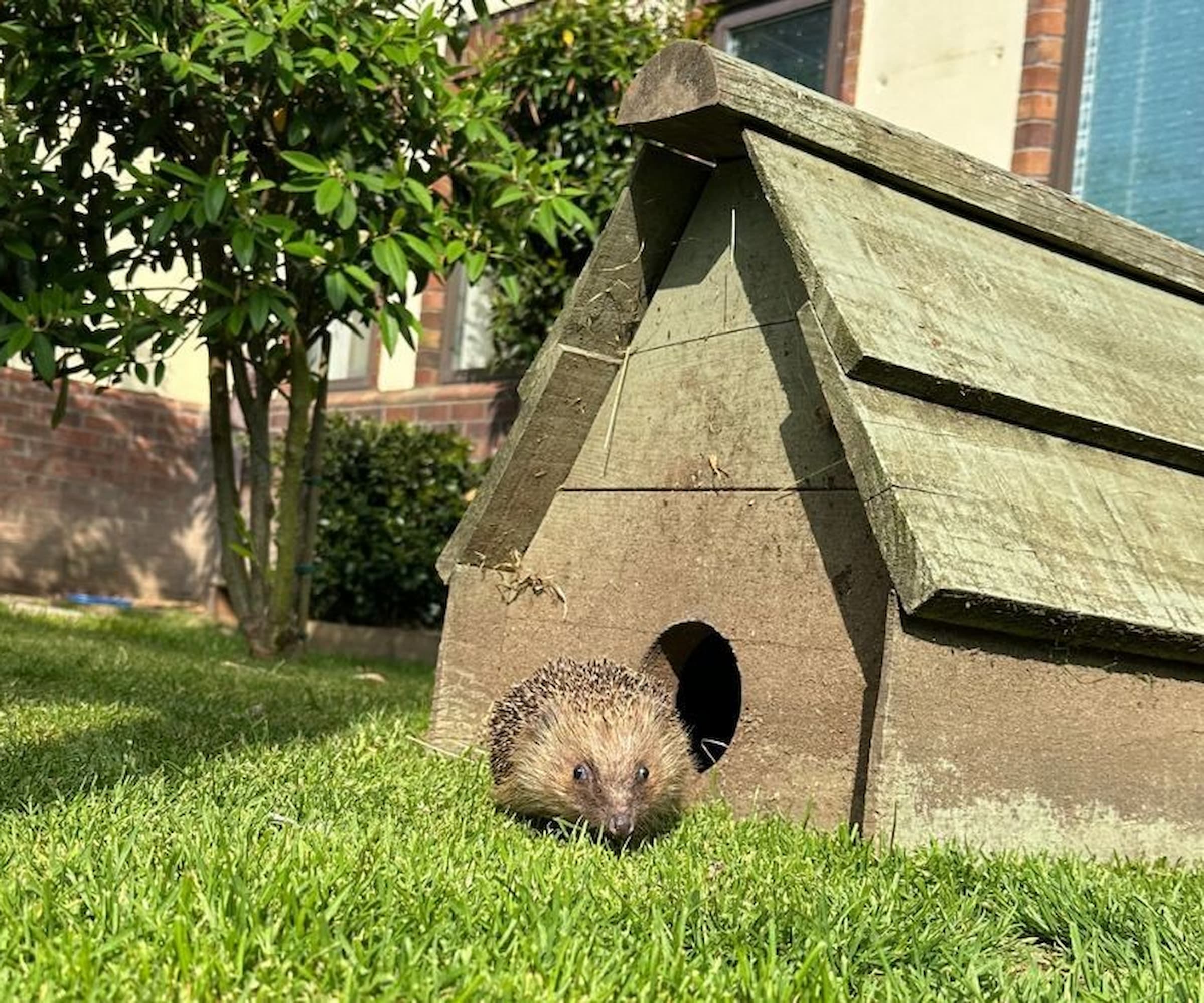Homeowners urged to help hedgehogs beat the heat with these 3 garden fixes
Simple steps every homeowner can take to protect hedgehogs from rising temperatures this summer

As UK summers grow hotter, heatwaves are becoming more dangerous – not just for people, but for wildlife too.
Hedgehogs, already under threat from habitat loss, are now facing dehydration, overheating and even death due to rising temperatures.
But with a few simple garden design tweaks, homeowners can provide essential shade, shelter, and water to help these iconic animals survive the heat.
1. Build cool shelter and shade the right way
In scorching weather, hedgehogs urgently need cool, shaded areas to rest and escape the sun. A well-placed hedgehog house – ideally tucked under a hedge, tree, or compost heap – offers protection from heat and predators.
Avoid placing homes in open or sun-exposed areas, or directly on artificial grass, which can trap and reflect heat.
MyBuilder.com, as part of its Trades to the Rescue campaign, has published a free DIY guide to help homeowners build their own safe and well-ventilated hedgehog homes using natural materials.
“Simple changes can make such a difference, and don't have to cost much, either,” says Andy Simms from MyBuilder.com. “Consider leaving wild areas, installing a little hedgehog house, and covering up any drains or holes that could be a hazard. Our guide will give you plenty of budget‑friendly ideas – and our expert gardeners are on hand to give any advice should you need it.”
Bring your dream home to life with expert advice, how to guides and design inspiration. Sign up for our newsletter and get two free tickets to a Homebuilding & Renovating Show near you.
2. Make water readily available, every day

Hedgehogs dehydrate quickly in hot weather, especially when natural sources dry up. Homeowners can support them by placing shallow, heavy dishes of clean water around their gardens – ideally in a shady spot and refreshed daily.
Avoid using milk, which is harmful to hedgehogs, and make sure the containers are easy to access and not too deep. If you have a pond, make sure there's a sloped edge or escape ramp so hedgehogs can climb out safely.
MyBuilder also suggests placing dishes near natural cover or beside the entrance to a hedgehog house for easy access.
3. Plant for protection and create a cooler habitat
Well-chosen plants not only cool the garden but also provide essential cover and food sources. Drought-tolerant, wildlife-friendly plants like lavender, thyme, heather and sedum offer shelter and attract insects that hedgehogs feed on.
Dense native shrubs or hedging provide cooler zones and encourage natural nesting behaviour.
Leaving part of your garden untamed – with log piles, leaf litter, and longer grass – helps create a humid microclimate that’s ideal for hedgehogs during hot spells.
“This guide provides great basic steps for British gardeners to take to really create an area that is supportive to the safety and health of hedgehogs,” says Sharon Jacobs, senior nurse at wildlife hospital Tiggywinkles. “We’d also urge gardeners to take care when mowing or hedge-cutting – we see thousands of injuries from this every year.”

News Editor Joseph has previously written for Today’s Media and Chambers & Partners, focusing on news for conveyancers and industry professionals. Joseph has just started his own self build project, building his own home on his family’s farm with planning permission for a timber frame, three-bedroom house in a one-acre field. The foundation work has already begun and he hopes to have the home built in the next year. Prior to this he renovated his family's home as well as doing several DIY projects, including installing a shower, building sheds, and livestock fences and shelters for the farm’s animals. Outside of homebuilding, Joseph loves rugby and has written for Rugby World, the world’s largest rugby magazine.

